Controlled Environment Agriculture
Controlled-environment agriculture (CEA) is a technology-based approach toward food production. The aim of CEA is to provide protection and maintain optimal growing conditions throughout the development of the crop. Production takes place within an enclosed growing structure such as a greenhouse or building. Plants are often grown using hydroponic methods in order to supply the proper amounts of water and nutrients to the root zone. CEA optimizes the use of resources such as water, energy, space, capital and labor. CEA technologies include hydroponics, aeroponics, aquaculture, and aquaponics. Different techniques are available for growing food in controlled environment agriculture. The more viable option is vertical farming. Vertical farming has the ability to produce crops all year round in a controlled environment, with the possibility of increased yield by adjusting the amount of carbon and nutrients the plants receive (Benke et al).[1] In consideration to urban agriculture, CEA can exist inside buildings that already exist, such as repurposed abandoned buildings. The trend is increasingly growing into alternative food networks, as entrepreneurs and households seek to meet the growing demand for fresh food products.[2]
- Benke, Kurt and Bruce Tomkins. 2017. "Future Food-Production Systems: Vertical Farming and Controlled-Environment Agriculture." Sustainability: Science, Practice and Policy 13 (1): 13-26.
- Wiśniewska-Paluszak, Joanna; Paluszak, Grzegorz (May 2021). "The Urban and Peri-Urban Farms (UPFs) Relational Model: The Case of Greater Poland Voivodeship, Poland". Agriculture. 11 (5): 421. doi:10.3390/agriculture11050421.
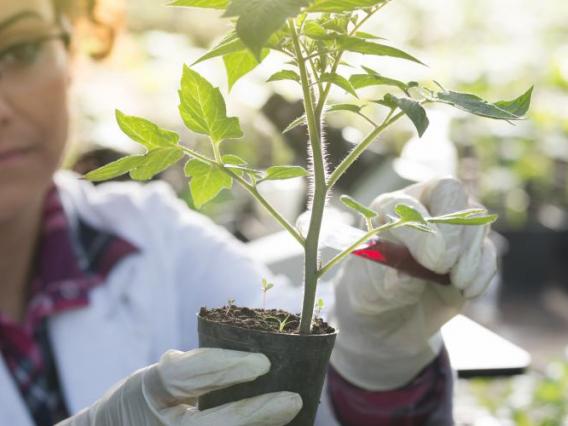
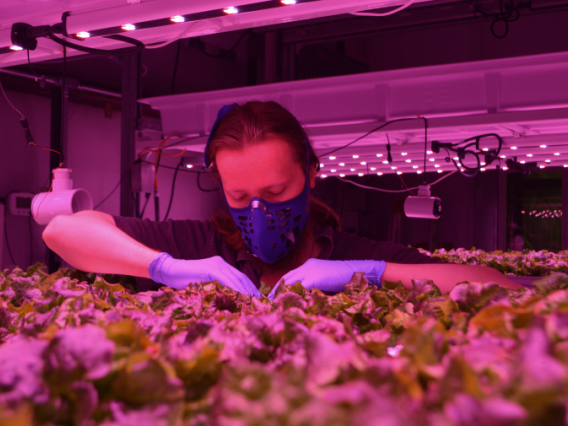
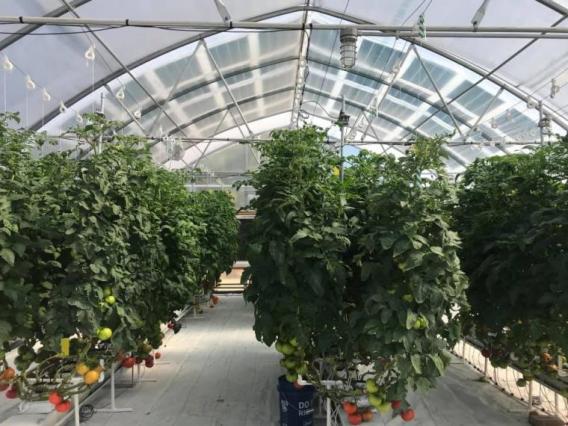
Highlighted Research Activities
Energy Producing Greenhouse: Organic Photovoltaics Integrated Greenhouse
Centers & Locations
Research Infrastructure
Related Majors
Agricultural Technology Management & Education
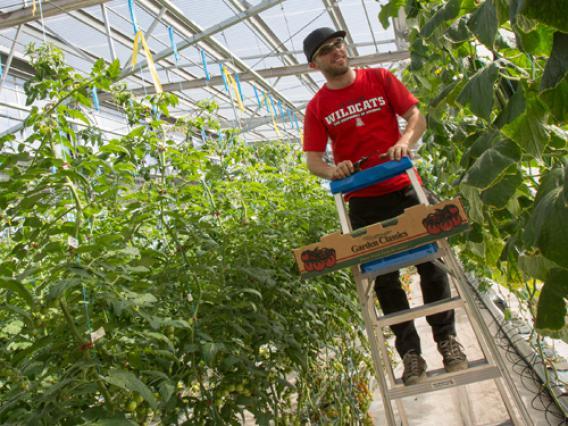
Learn how to use technology and modern production techniques to enhance food safety and security, while building management and business skills. Students who want to inspire future generations can pursue an agricultural education certification.
Learn moreBiosystems Analytics & Technology

Bridge the gap between data science and technology by combining biological, physical, and data sciences with technology. You'll implement new ideas, approaches, and technologies to address global challenges related to our food, water, and energy resources.
Learn moreBiosystems Engineering
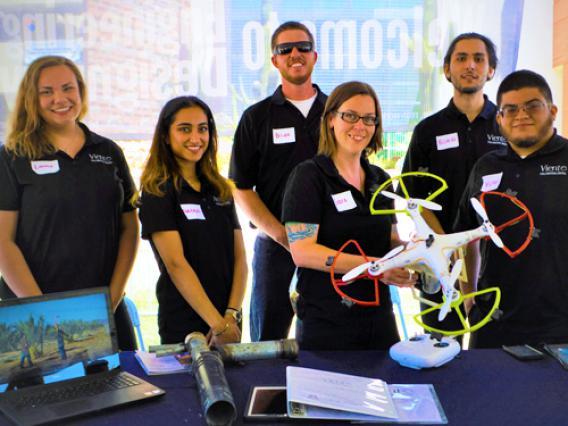
Solve resource challenges by using your interest in engineering, science, and technology to overcome drought, disease, famine, and flooding. You may choose to specialize in water resource engineering, biological engineering, or pre-health to prepare for medical school.
Learn moreSustainable Plant Systems
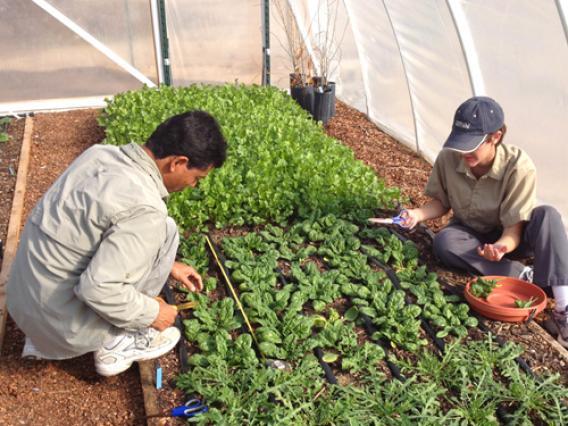
Discover innovative plant systems that maximize production, conserve resources, and minimize environmental damage. You may specialize in controlled environment agriculture, environmental horticulture, agronomy, or fresh produce safety, as you focus on creating plant-based solution to feed, clothe and fuel the world's population.
Learn more
